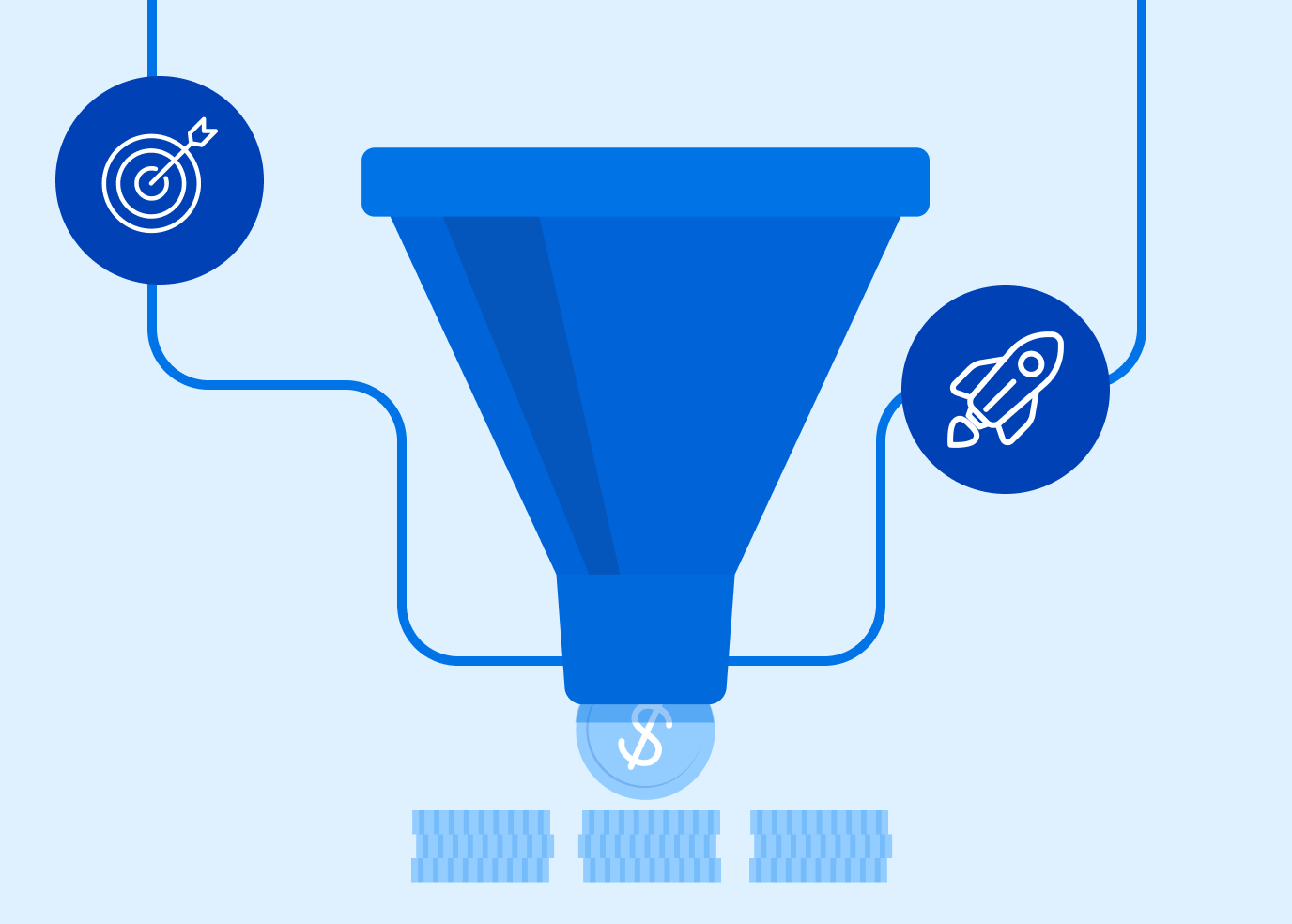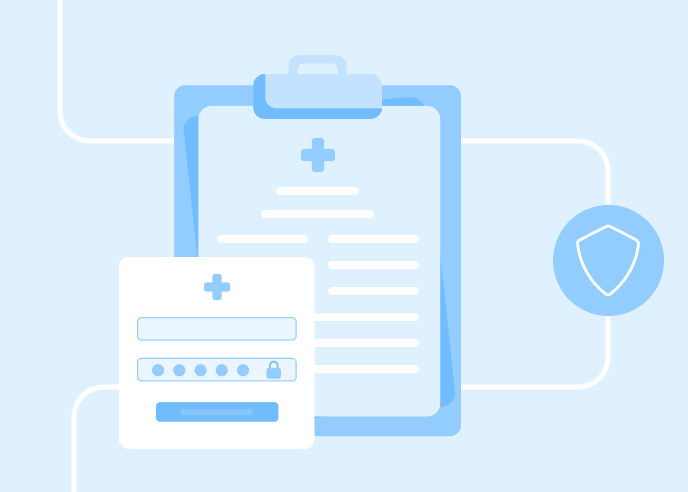What is data quality management?
Data quality management (DQM) is the process of ensuring that data within an organization is accurate, complete, consistent, and usable.
Why clean data matters
Data is the lifeblood of modern businesses, but what happens when it’s full of errors, duplicates, or poorly formatted? Inaccurate data isn’t just an eyesore – it can cripple your operations. Gartner estimates bad data costs companies over $12 million annually. But the real cost goes beyond finances. Here’s how dirty data disrupts your business:
Missed opportunities
Inaccurate data blindsides marketing, sales, and other departments. Imagine a lead capture form with bad formatting – potential customers could enter incorrect information, leading to lost leads and missed revenue.
Productivity drain
Teams waste time manually correcting errors, hindering overall efficiency. A Datafold report found that manual data cleaning is the top productivity killer for data teams.
Poor user experiences
Customers expect personalized experiences. Inaccurate data in your CRM leads to misdirected communication and frustrated customers, harming your brand image and satisfaction.
Compliance nightmares
Regulations like GDPR and HIPAA demand high data quality standards. Bad data makes compliance a challenge and exposes you to hefty fines and reputational damage.
Security risks
Inaccurate data increases security vulnerabilities. Poor data governance, like missing policies or low visibility, creates blind spots where breaches can occur.
Cleaning up your data processes in 5 steps
Fortunately, you can improve your data quality with these steps:
Step 1: set data quality standards
Establish clear guidelines for collecting, processing, and managing data. This ensures everyone is on the same page. Consider factors like data accuracy, completeness, consistency, and timeliness. These dimensions are crucial for ensuring your data is reliable and usable for its intended purpose.
Step 2: clean your current data
Fix existing errors by removing duplicates, correcting mistakes, and updating outdated information. Tools like data cleansing software can automate this process and save time. Some popular options include Informatica PowerCenter, Talend Open Studio, and IBM InfoSphere Data Quality. These tools can identify inconsistencies, patterns, and anomalies within your data sets, making the cleaning process more efficient.
Step 3: focus on data source quality
Ensure high-quality data from the start. Set formatting and verification standards for web forms to prevent bad data from entering your system. Consider using data validation tools to automatically check for errors during data entry.
Step 4: break down data silos
Standardize and automate data collection across departments. This eliminates inconsistencies and saves time on manual entry. Data integration platforms can help streamline this process.
Step 5: regular data audits
Regularly assess data quality and processes. Catch errors early before they snowball into major issues. Schedule regular data quality checks and encourage data ownership within teams.
Investing in data quality: tools and resources
Improving data quality is an ongoing process. Here are some additional resources to help you on your journey:
Data governance framework: Establish a data governance framework to define roles, responsibilities, and processes for data management within your organization. Frameworks like the Data Governance Institute’s Data Management Body of Knowledge (DMBoK) or FormAssemby’s free data governance ebook with tips can provide a helpful starting point.
Data quality training: Invest in data quality training for your employees. Educating your team on the importance of data quality and best practices will ensure everyone is working towards the same goal.
Data quality management tools: Explore software solutions that automate data cleansing, verification, and validation processes.
FormAssembly: This user-friendly form builder integrates seamlessly with popular CRM platforms like Salesforce. It offers features that contribute to improved data quality at the source of collection:
- Data validation rules: Set up rules for required fields, data formats (e.g., email addresses, phone numbers), and acceptable value ranges. This helps prevent users from entering incorrect information during form submission.
- Conditional logic: Display specific form sections or questions based on user responses. This ensures you only collect the data that’s relevant to each user, reducing the risk of irrelevant or incomplete information.
- Prefill forms with CRM data: Automatically populate forms with existing customer data from your CRM. This eliminates manual entry errors and ensures consistency between your forms and CRM database.
- Customizable workflows: Automate data cleansing tasks like data transformation and routing based on specific criteria. This streamlines your data processing pipeline and minimizes manual intervention.
While FormAssembly is a valuable tool for improving data quality at the point of collection and updating Salesforce records to match changing customer information, it’s important to remember it works best alongside other data quality management solutions for a complete data strategy.
- FormAssembly focuses on data quality at the source (data collection). It helps prevent bad data from entering your system in the first place. Its integration with Salesforce ensures data flows smoothly between FormAssembly and your CRM, reducing the risk of inconsistencies.
- Data cleansing software tackles existing data issues. Additional tools that can identify and correct errors in your existing data sets can be helpful to use in parallel with FormAssembly! Here are a couple of free open-source options you can use in conjunction with FormAssembly data collection.
Talend Open Studio for Data Quality: Talend offers an open-source version of its data quality tool, Talend Open Studio for Data Quality. It provides capabilities for data profiling, cleansing, and enrichment.
Dedupe.io: Dedupe.io is an open-source Python library for deduplicating and cleaning messy data. It provides functions for entity resolution and record linkage.
OpenRefine: Formerly known as Google Refine, OpenRefine is a powerful tool for exploring, cleaning, and transforming data. It provides a graphical interface for data cleaning tasks and supports various data formats.
By using a combination of tools and strategies, you can create a comprehensive approach to data quality management that delivers significant benefits for your organization.
By prioritizing data quality, you can unlock significant benefits for your organization. Improved operational efficiency, enhanced decision-making, and better customer experiences are all within reach with clean, reliable data. Take action today and start reaping the rewards of a data-driven future!
Faced with other data collection concerns?
Unfortunately, data quality is only one of the many challenges organizations face when collecting and processing data. Find out how to address other data challenges and how adopting a data stewardship mindset can help in our eBook, 5 Data Collection Concerns of Top IT and Security Execs and How to Address Them.


